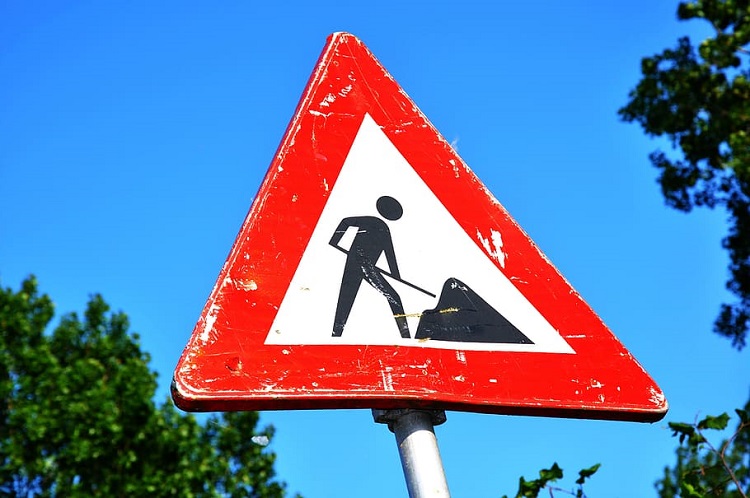Impact of Safety Signage in Preventing Accidents on Construction Sites
Maintaining safety in construction sites is crucial to prevent several hazardous events. Workers are exposed to a variety of risks daily and to mitigate these risks, proper safety measures and protocols are necessary. One of the most important safety measures in a construction site is the use of Safety signage. In this blog post, we will explore the significant impact of safety signage in preventing accidents on construction sites.

Impact of Safety Signage on Accident Prevention
In every construction site, it is mandatory to put proper safety signages at required places to prevent accidents. The construction site safety checklist gives you all the details regarding the safety procedures to be followed on a site. You can find that the use of proper safety signage is a must and the following are the positive impacts of using it:
- Increased Awareness – Safety signage serves as constant reminders of potential hazards and safety procedures. This increased awareness leads to safer behaviors and a reduced risk of accidents.
- Enhanced Compliance – When workers and visitors are regularly exposed to safety signs, they are more likely to adhere to safety protocols and guidelines, contributing to accident prevention.
- Reduced Liability – The use of proper safety signs prevent accidents which in turn reduces the legal liabilities for the employers. They don’t have to face any kind of legal disputes and consequences.
- Improved Emergency Response – Emergency signage, such as fire exit signs and first-aid station indicators, ensures that individuals can quickly locate essential resources during emergencies, potentially saving lives.
Now that we have understood the major positive impacts of using proper safety signage in construction sites. Let us now understand the types of safety signs used.
Types of Safety Signages in Construction Sites
There are several types of safety signage commonly used on construction sites, each serving a specific purpose:
- Warning Signs – Warning signs are typically yellow with black text or symbols. These signs alert individuals to potential dangers, such as “Caution: Falling Objects” or “Warning: High Voltage.”
- Informational Signs – Informational signs provide important information about safety procedures, emergency exits, and equipment use. They are often blue with white text or symbols.
- Prohibition Signs – Prohibition signs prohibit specific actions or behaviors, such as “No Smoking” or “No Entry.” These signs are usually red with white text or symbols.
- Mandatory Signs – Mandatory signs instruct individuals to take specific actions, such as wearing personal protective equipment (PPE) or using safety harnesses. They are typically blue with white text or symbols.
- Emergency Signs – Emergency signs indicate the location of emergency equipment, exits, and assembly points. They are often green with white text or symbols.
Conclusion
Safety Signages are a critical part of every construction site. It helps to prevent accidents and enhances awareness to the workers. Prioritizing safety signage can save lives and reduce the financial and human costs associated with construction site accidents.



Commenti recenti